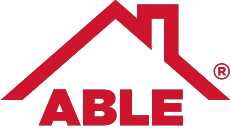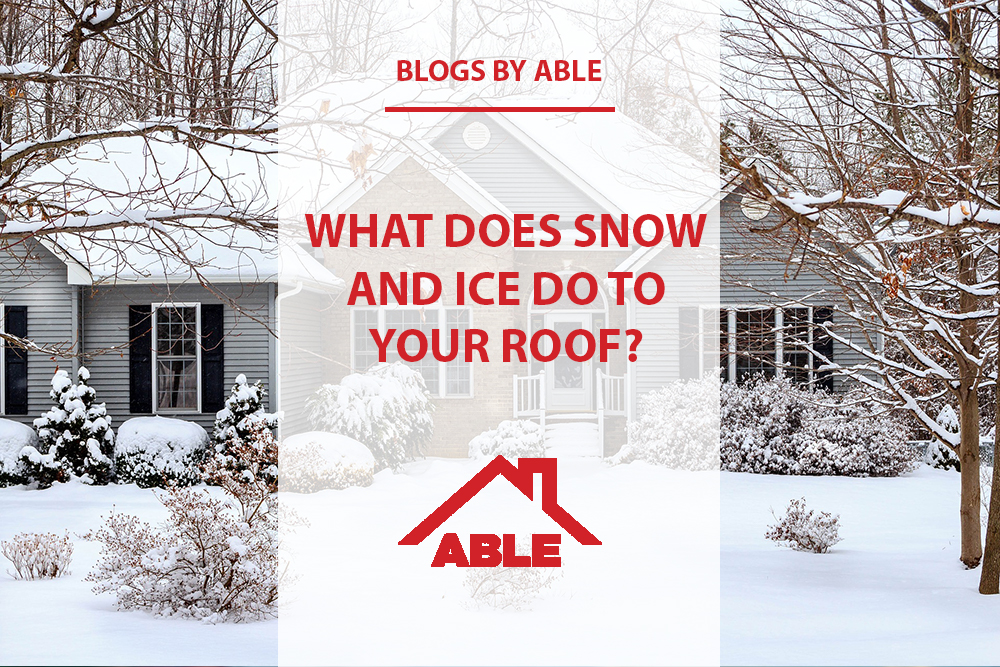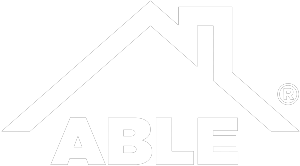As a homeowners it is important to understand the kind of roof damage that happens in winter, especially if you suspect your roof is damaged or otherwise compromised. The biggest threat to your roof in winter is an ice dam. This can negatively affecting your roof and gutters, and they are often the cause of winter leaks. Snow and ice are brutal assailants, and the roof endures most of the onslaught. Your roof helps keep your home safe and structurally secure. When it’s damaged, your entire home is at risk. Read on to learn more about what damage your roof might face this winter.
Gutters
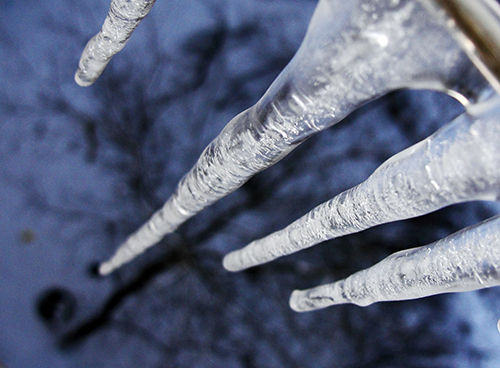 During the cold season, melting snow often melts and then freezes repeatedly. This melt flows down your roof into your gutters and away from your home when everything works correctly. However, if an ice rim forms on your gutters, the melt overflows and freezes as icicles. These structures look pretty, but they can grow to unusual sizes and weights, threatening the gutter’s integrity and those below if they break and fall. Eventually, this structure will form a dam around your gutter, stopping water from flowing off your roof and causing it to seep under shingles. This may freeze, expanding and loosening shingles or melt off inside your home. Removing these dams often requires professional help, and you’ll likely need them again after the cold season for repairs.
During the cold season, melting snow often melts and then freezes repeatedly. This melt flows down your roof into your gutters and away from your home when everything works correctly. However, if an ice rim forms on your gutters, the melt overflows and freezes as icicles. These structures look pretty, but they can grow to unusual sizes and weights, threatening the gutter’s integrity and those below if they break and fall. Eventually, this structure will form a dam around your gutter, stopping water from flowing off your roof and causing it to seep under shingles. This may freeze, expanding and loosening shingles or melt off inside your home. Removing these dams often requires professional help, and you’ll likely need them again after the cold season for repairs.
DIY Snow Removal
Yes, you pose a risk to your roof and yourself when you attempt to do things on your own, regardless of the season. Snow and ice increase the risk of damage and injury. Improper use of a snow rake or trying to break the ice with a pick can further damage a roof. The simple rule is to let a professional do it. Do not get on your roof for any reason when snow and ice are on it. If you must remove snow on your own, make sure you are well versed in using a snow rake. You can also use a rope to scrape large drifts of snow off your roof.
Stressed Roof
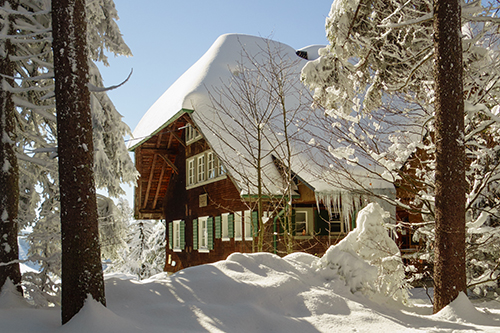 The snow that piles on a roof adds weight to the load your house carries. Wet snow is even heavier than dry snow. Your roof could be stressed under that snow and you might not even be able to tell. The best way to judge it is to educate yourself about how much weight your roof can carry. Once the snow builds up beyond 8 inches, it’s time to start contemplating hiring someone to remove it. Take a walk-through of your house and check interior doors in the center of your home, especially second-floor doorways. If they stick, your roof is carrying too much snow. Other signs of damage may also be visible, including tiles pulling away from the wall or signs of a roof leak. If you believe your roof is compromised, move out immediately and call for help. If your roof is collapsing, using a rope or snow rake correctly might save the structure from more damage, but only do so with the right gear and from a safe location.
The snow that piles on a roof adds weight to the load your house carries. Wet snow is even heavier than dry snow. Your roof could be stressed under that snow and you might not even be able to tell. The best way to judge it is to educate yourself about how much weight your roof can carry. Once the snow builds up beyond 8 inches, it’s time to start contemplating hiring someone to remove it. Take a walk-through of your house and check interior doors in the center of your home, especially second-floor doorways. If they stick, your roof is carrying too much snow. Other signs of damage may also be visible, including tiles pulling away from the wall or signs of a roof leak. If you believe your roof is compromised, move out immediately and call for help. If your roof is collapsing, using a rope or snow rake correctly might save the structure from more damage, but only do so with the right gear and from a safe location.
If your roof shows signs of damage or if you simply want to have a professional inspect your roof today to help you understand where your risks might be, contact Able Roof now to schedule an appointment.
